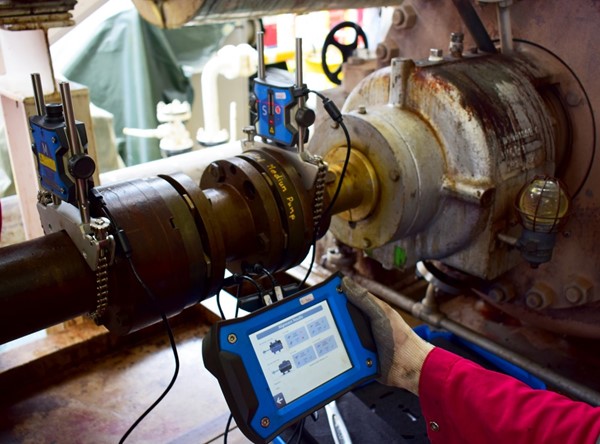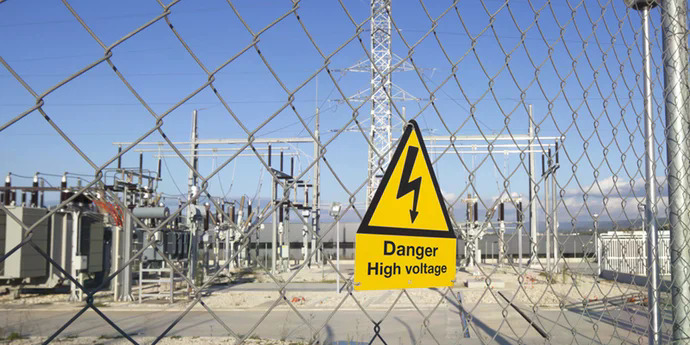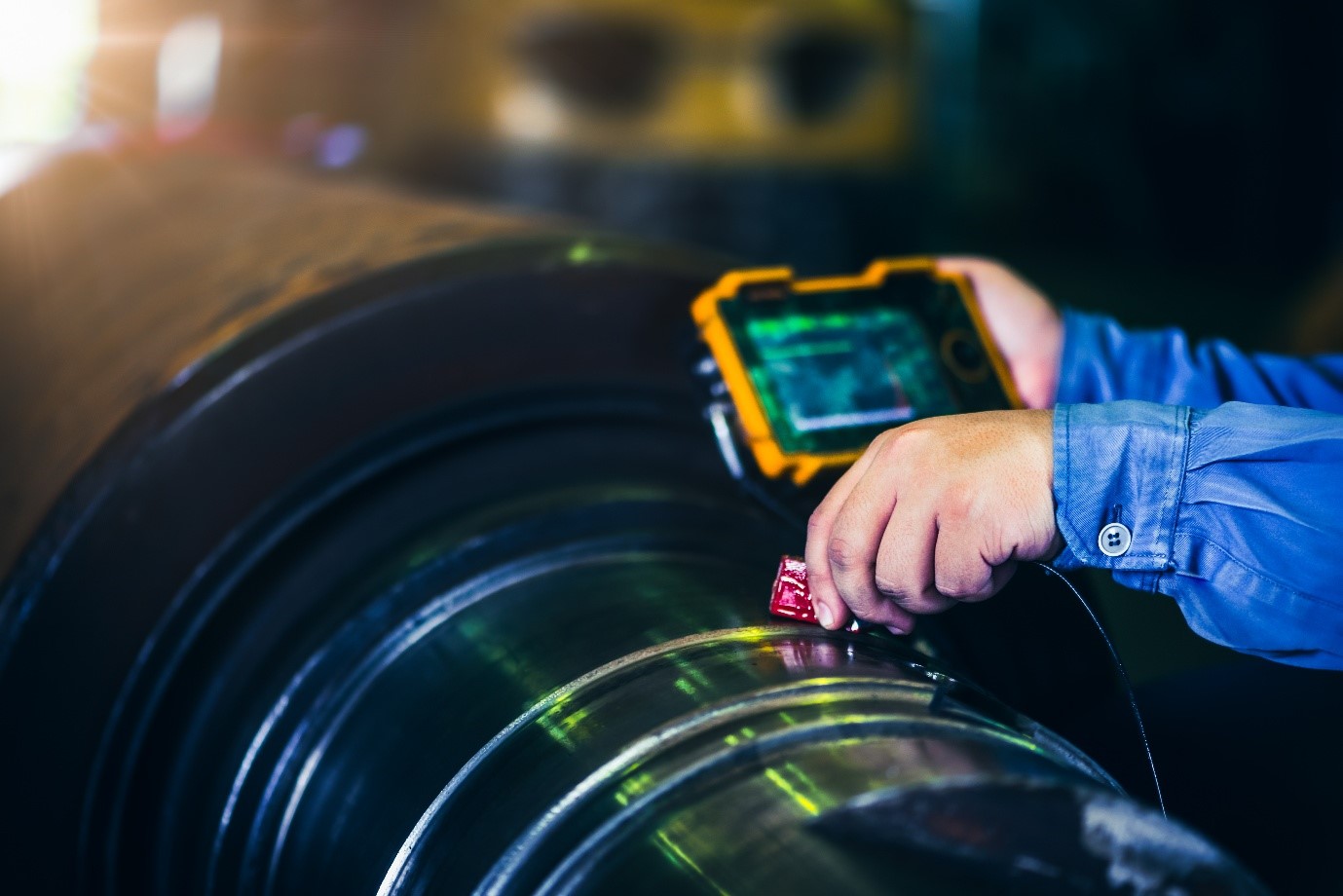If you’ve ever used a tuning fork, you’re familiar with the concept of resonance. Slapping the tuning fork on your palm to produce a frequency you can use to tune an instrument is a great example of resonance — as well as a positive one. In manufacturing, though, resonance doesn’t have such a positive perception. In fact, resonance can become a massive problem for producers, necessitating major repairs and frequent maintenance.
Resonance in the factory
Structural resonance: Structural resonance refers to excessive vibrations of non-rotating components, usually machine parts or supporting structures. Due to the complexity of those components, it is the most common resonant condition and usually occurs near or at the rotating speed of the machine. Even slight vibratory forces from residual unbalance and misalignment effects of the machine can excite the resonant base structure, resulting in severe vibration. And even minor resonance can damage machine components, resulting in enough wear and tear to cause catastrophic failure.

Signs and symptoms of resonance damage
How can you tell whether your machines are under immediate threat of resonance damage? Even if you can tell something is wrong with a particular machine, it can still be challenging to pinpoint resonance as the problem, especially if it occurs only at certain parts of the day when the machine is running at a specific speed.
The best way to detect resonance is by continuously monitoring each machine over time. Follow these steps to effectively detect resonance:
-
Continuous diagnostics. Monitor speed information on all machines to detect any unbalance forces with rotating components. As you gather data on the full vibration spectrum of the machine, you can fully understand a machine’s response to them.
-
Sweep test. A sweep test is an easy way to detect problematic frequencies so you can determine if resonance is a problem in a particular machine. It requires you to manually sweep the machine through a frequency range, taking readings at each step.
Resonance prevention in the age of the IIoT
Resonance is a constant concern wherever industrial equipment is operating, but it can be addressed using modern technologies. It’s important to note that even if a piece of equipment shows signs of resonance, it may not reach damaging amplitude levels. Continuously monitoring for resonance through an IIoT solution can help your team determine if or when a fix is needed so you’re not blindsided by this hidden, yet ever-present risk.

